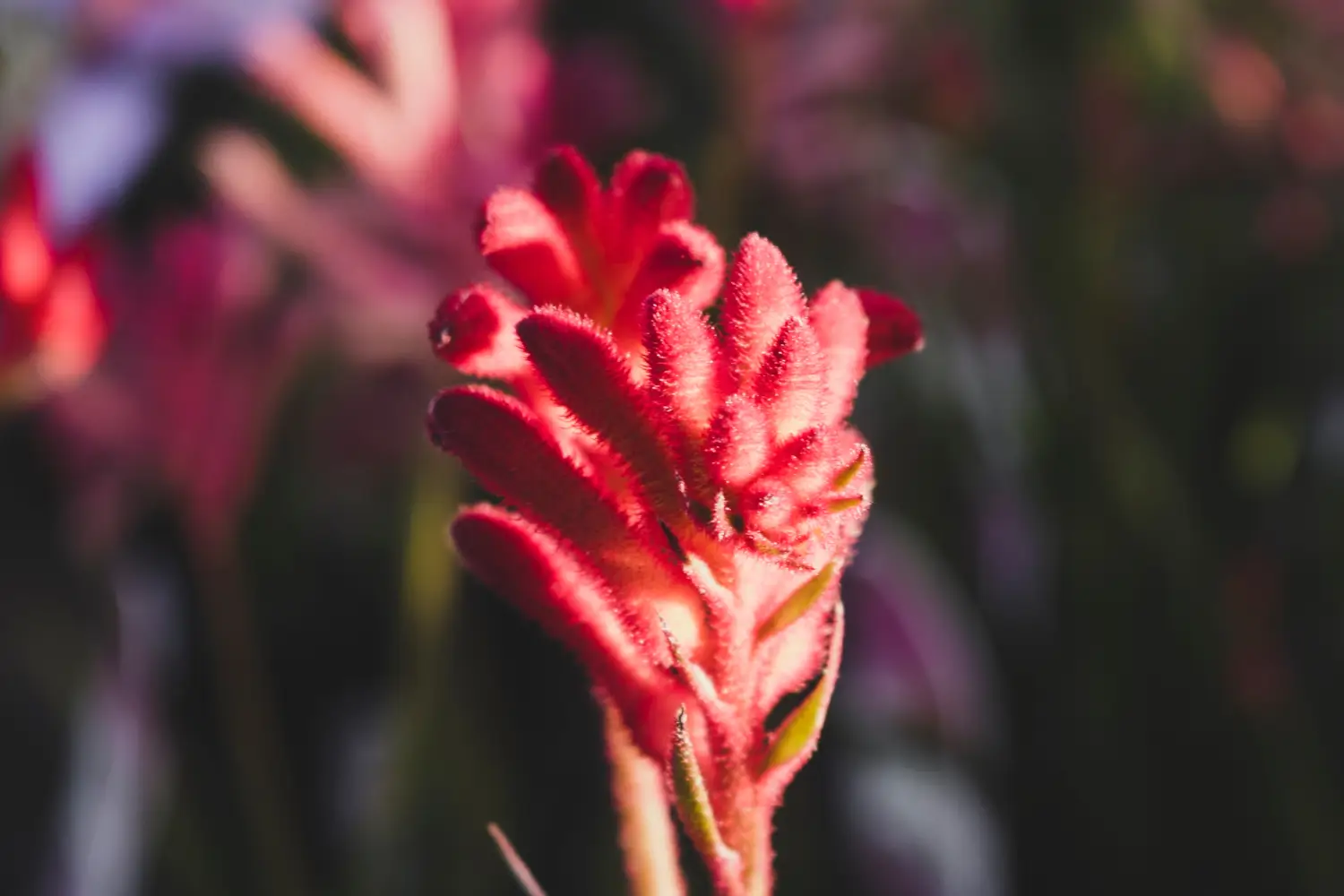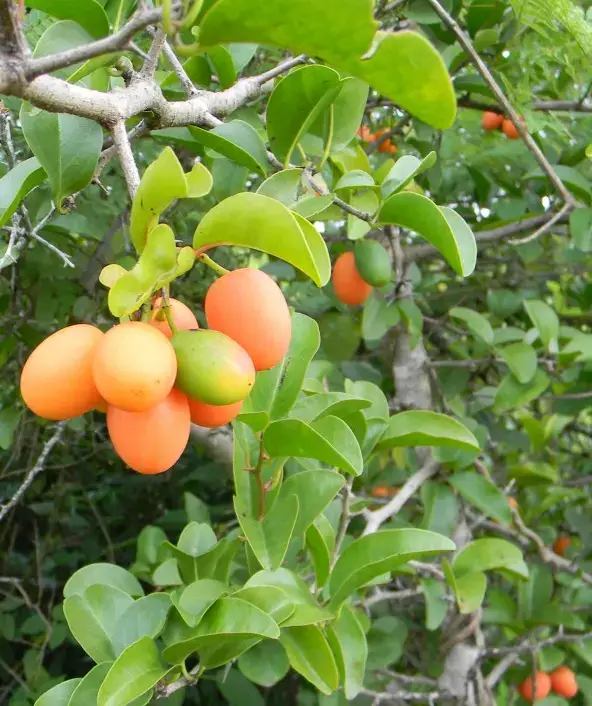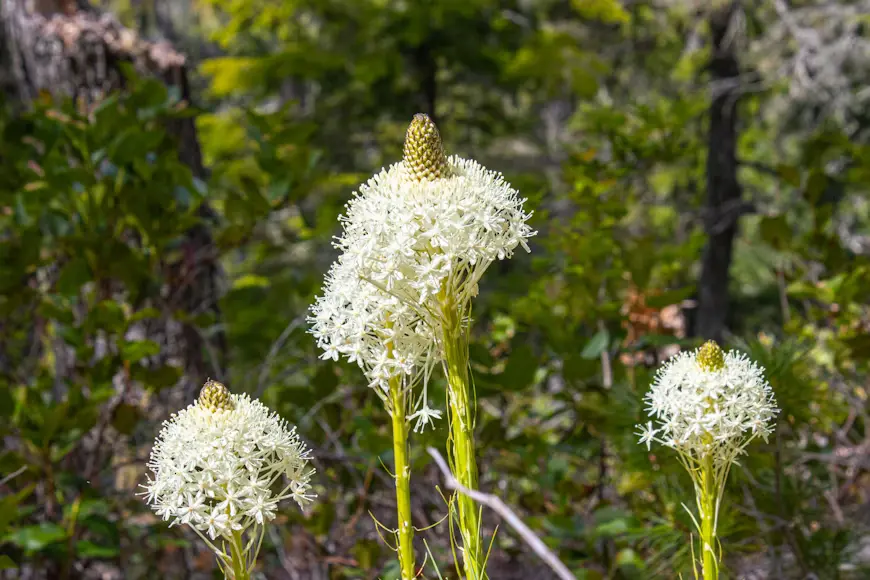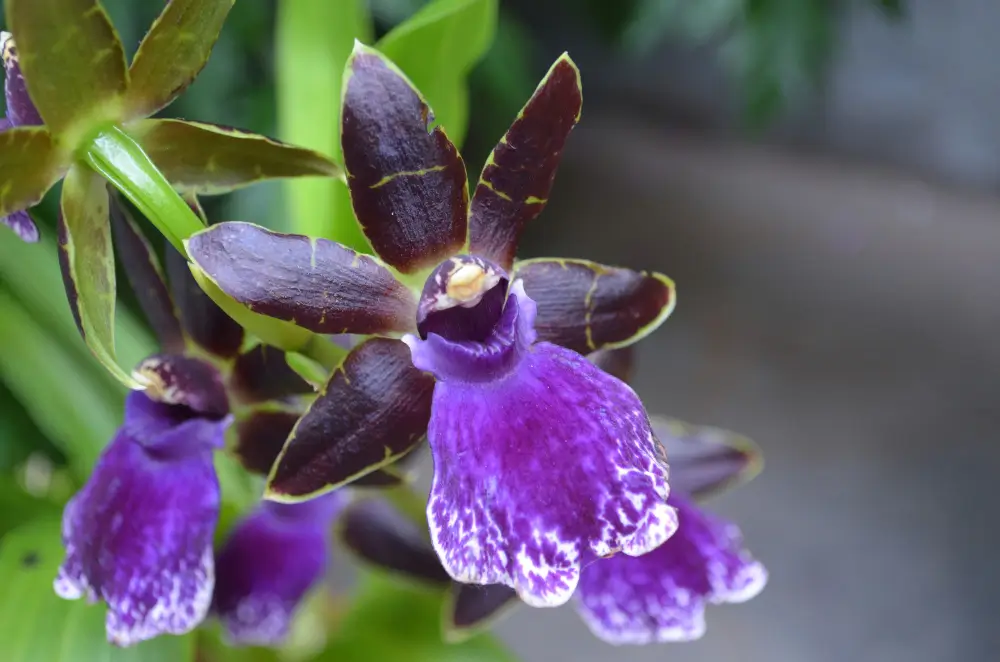
Soil Health & Fertilization
We unite suppliers and green industry professionals worldwide
With its striking tubular flowers and velvety, paw-like blooms, kangaroo paw (Anigozanthos spp.) is one of the most unique and eye-catching plants you can grow.
By Victor Miller
|Published on June 16, 2025


With its striking tubular flowers and velvety, paw-like blooms, kangaroo paw (Anigozanthos spp.) is one of the most unique and eye-catching plants you can grow. Native to Australia, this perennial has bright colors—red, yellow, orange, pink, and even green—which is why it’s so beloved among gardeners and floral designers. The tall, spindly stems attract pollinators such as hummingbirds and butterflies, adding animation to any landscape.
Kangaroo paw isn’t only about aesthetics— it’s also surprisingly tough. It flourishes in hot, sunny locations and, once established, is drought-tolerant. Whether they’re grown in garden beds or containers, this plant pays growers back with bright, colorful blooms that continue into early fall.
If you want to include an exotic, low-maintenance flower in your garden, you’ll learn everything you need to know about growing and caring for kangaroo paw in this guide.
| Common Name | Kangaroo Paw |
| Scientific Name | Anigozanthos spp |
| Type | Perennial |
| Size | 1-5 feet tall (variety-dependent) |
| Bloom Time | Late spring to early fall |
| Colors of Flower | Red, yellow, orange, pink, green |
| Sun Requirements | Full sun |
| Soil Requirements | Sandy or loamy, well-draining soil |

September 25, 2025
9 minute read
September 24, 2025
9 minute read
September 23, 2025
10 minute read
September 22, 2025
9 minute read


Join as a seller and connect with thousands of B2B buyers nationwide!
Sign Up

Ursinia
Ursinia is a delightful genus of daisy-like flowers that are native to southern Africa. It offers a simple way of bringing brilliant seasonal color to native and cottage-style gardens.

Ximenia
Ximenia is a shrubby, spiny survivor with delicate blooms and tart, aromatic fruit. Also called “wild plum” or “sea lemon,” this deciduous shrub is valued for its edible fruit, ecological value and unexpectedly drought hardiness.

Xerophyllum
Xerophyllum is often known as bear grass. With grassy foliage and tall, candlelike plumes of creamy white flowers, it turns wild meadows into natural wonderlands. Xerophyllum is slow to establish and slower to bloom — but once it does, it gives the garden

Zygopetalum Orchid
The Zygopetalum Orchid (Zygopetalum spp.) is a tropical orchid that features gorgeous, unique flowers with a strong sweet scent. It can withstand more cold than many of their orchid relatives, which makes them one of the more accessible choices for indoor
Kangaroo paw grows best in warm, sunny situations, with good drainage. With this in mind, these plants can be seen as drought-resistant appearing to be suited to warm, dry gardens. With proper care, they can provide blooms for a long time, as well as healthy foliage.
Kangaroo paw blooms best in full sun. After a 10- to 14-day adjustment period, grow them in their final location, with at least 6-8 hours of direct sunlight. In areas with intense summer heat, afternoon shade helps to avoid leaf scorch.
Good drainage is important to avoid root rot. So a sandy or loamy mix with enriched with compost is ideal. If you’re planting in thick clay soil, you’ll want to amend it to aid drainage with sand or perlite. Kangaroo paw prefer a slightly acidic to neutral (6.0-7.0) pH level.
While kangaroo paw is drought-tolerant, diligent watering ensures it thrives. Water deeply once or twice a week, letting the soil dry out slightly between waterings. Water more when it’s hot, but don’t allow soggy soil. Plants growing in containers dry out more quickly than their garden-grown counterparts, and therefore require more frequent watering.
Regular pruning promotes additional flowering and helps maintain a neat appearance. Be sure to cut back spent flower stems to the plant base after flowering to encourage new growth. Removing old flowers also conserves energy for seed production.
To encourage bushier growth, prune the entire plant back one-third of its height at the end of the blooming season. This revitalizes the plant and invites new, vigorous foliage. If leaves become browned or damaged, cut them close to the ground to avoid disease.
Kangaroo paw can be propagated using division or seeds, however, division is the quickest and most effective propagation method.
Division — Best for faster outcomes
Seed propagation — Slower but effective
Kangaroo paw is a good candidate for container gardening, and it does well on patios and balconies.
Kangaroo paw is frost-sensitive, so the plant should be protected in colder climates. In temperate regions with mild winters, it can be left outdoors under a mulch blanket for insulation.
In frost-prone areas, you can also grow Kangaroo paw in pots and bring it indoors before nighttime temperatures fall below 40°F (4°C). Place it somewhere bright and sunny, and water less so it doesn’t get root rot. If grown as an annual, gather seeds or divide rhizomes for replanting in spring.
Kangaroo paw, which flowers from late spring to early summer, produces tubular, colorful blooms that draw pollinators. Regularly deadhead spent flowers to encourage a longer blooming season, and feed the plant with a low-phosphorus fertilizer every few weeks.
Excessive shade, overwatering or bad soil conditions may mean fewer blooms. If the plant is no longer flowering, cut back the plant to promote new growth, and make sure it gets plenty of sunlight.
Though kangaroo paw is generally easy to grow, it does have a few hazards:
Kangaroo paw is a beautiful, easy plant, which gives to any garden an exotic touch! Its peculiar-looking flowers and long blooms give it a favorite place among pollinators and between gardeners.With proper sunlight, well-draining soil, and occasional pruning, this hardy Australian native will reward you with brilliant color year after year. Kangaroo paw is a great option for any warm-weather landscape — whether you're growing it in the ground or in pots!
Water deeply once or twice a week; let the soil dry out between waterings. Water more in hot weather, but don’t let them sit in soggy soil
This plant requires full sun, and regular feeding to flower. Make sure it receives no less than 6 hours of light a day in direct sunlight. Also, use a low-phosphorus fertilizer in the growing season.
It grows best outdoors, but in cold climates, you can grow it on a bright, sunny windowsill or grow it from under grow lights in winter.
Yes, once it’s established, it tolerates drought, but occasional watering leads to healthier growth and prolonged flowering time.

Soil Health & Fertilization
Victor Miller

Pest Identification & Prevention
Victor Miller

Lawn Care Tips & Maintenance
Victor Miller

Soil Health & Fertilization
Victor Miller

Smart Irrigation Systems
Victor Miller

Patios, Walkways & Driveways
Victor Miller

Soil Health & Fertilization
Victor Miller

Pest Identification & Prevention
Victor Miller
My Account
Our team is always here to help.
We are open Monday - Friday, 9:00 AM to 4:30 PM PST.